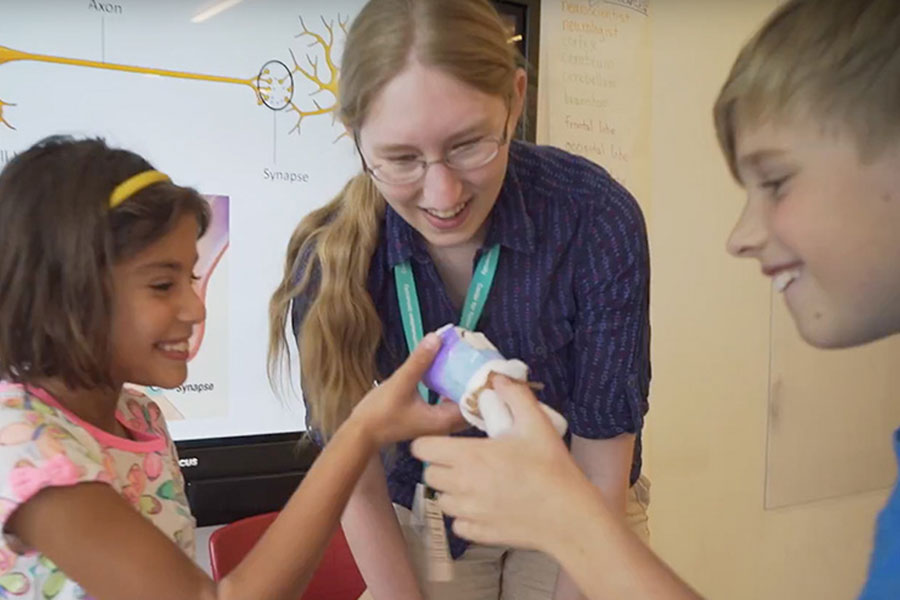by Lindsey Wallem
The debate continues over the recent Fordham Institute study entitled "Do High Flyers Maintain Their Altitude?". The study found that 30 to 50% of American elementary school students who scored at or above the 90th percentile in reading or math had lost their high achieving status five years later. Recently, CTD's Director, Paula Olzslewski-Kubilius posted a response to the study here on “Talent Talk”.
Last week, the New York Times' "Room for Debate" blog posed the question: "By trying to teach children of varying abilities in one classroom, is American society under-developing some of its brightest young people?"
The six professional opinion pieces that follow run the gamut of approaches. Some use the Fordham findings to defend a revival of traditional tracking methods, while others are in favor of maintaining fully differentiated classrooms.
"Differentiation is a tool for planning instruction ... When used well, it benefits a very broad range of learners. When used less well, it is less effective." says author Carol Ann Tomlinson.
A third opinion says personalized, digital instruction is the way to go, suggesting the idea of a "flipped" classroom, where students are drilled basic skills at their own pace online, while the teacher works as a facilitator to answer individual questions.
Could it be possible that the best classroom is one that incorporates pieces of each of these approaches? As the comments section on the "Room for Debate" blog indicates, there is no single, easy answer.
We can agree, however, that there is a need to better serve the "high flyers". The question is how should it be done?
What do you think? How should classrooms be organized to keep the high-achievers soaring?

